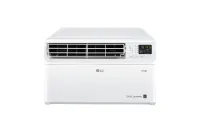Why is my upstairs always hot even with AC on? Experts reveal why and how to fix it
Here’s why your second floor is always stuffy — and what to do

Summer is in full swing, and many households are running their air conditioners on full blast to keep cool and comfortable indoors. But if you’re still feeling warm on your upper floor, even with the AC on full blast, you’re probably wondering why.
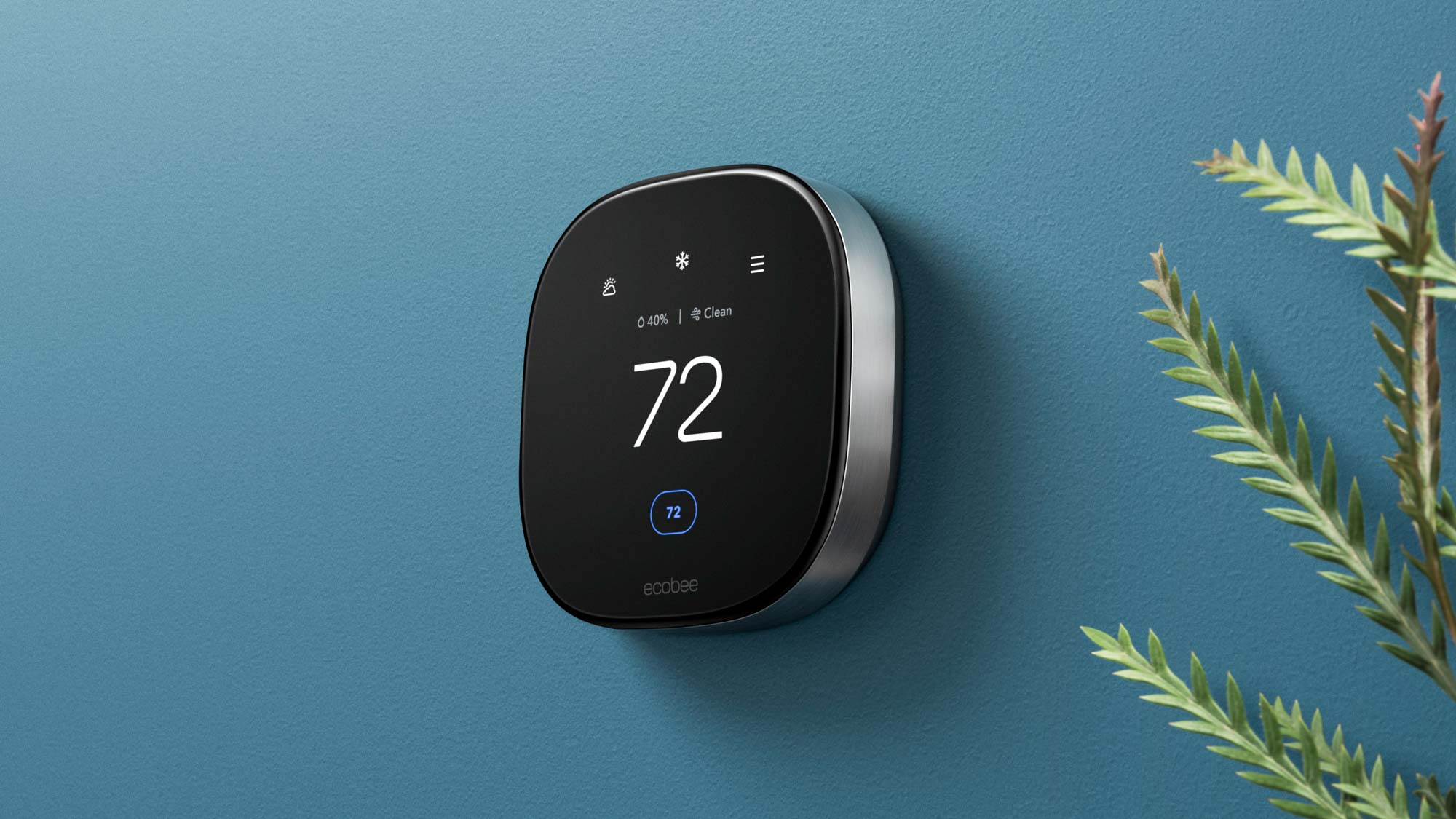
Our top pick among the best smart thermostats, the Ecobee Smart Thermostat Premium comes with a remote sensor, so you can monitor the temperature in a room of your house that stays warm, and program your A/C to keep running until it's cool enough.
According to HVAC experts — and physics — it’s not uncommon for your upper levels to feel warmer, especially during summer. However, there are some quick solutions you can do to fix this problem, such as simple tricks that can draw cool air up towards the upper levels in your home.
Like most systems around the home, even the best air conditioners need regular care and maintenance to ensure it always blows cold air around the home. So if you don't want to sweat it, we’ve got the experts on hand to share their top tips on how to make your upstairs feel just as cool as downstairs.
Why is my second floor always hot?
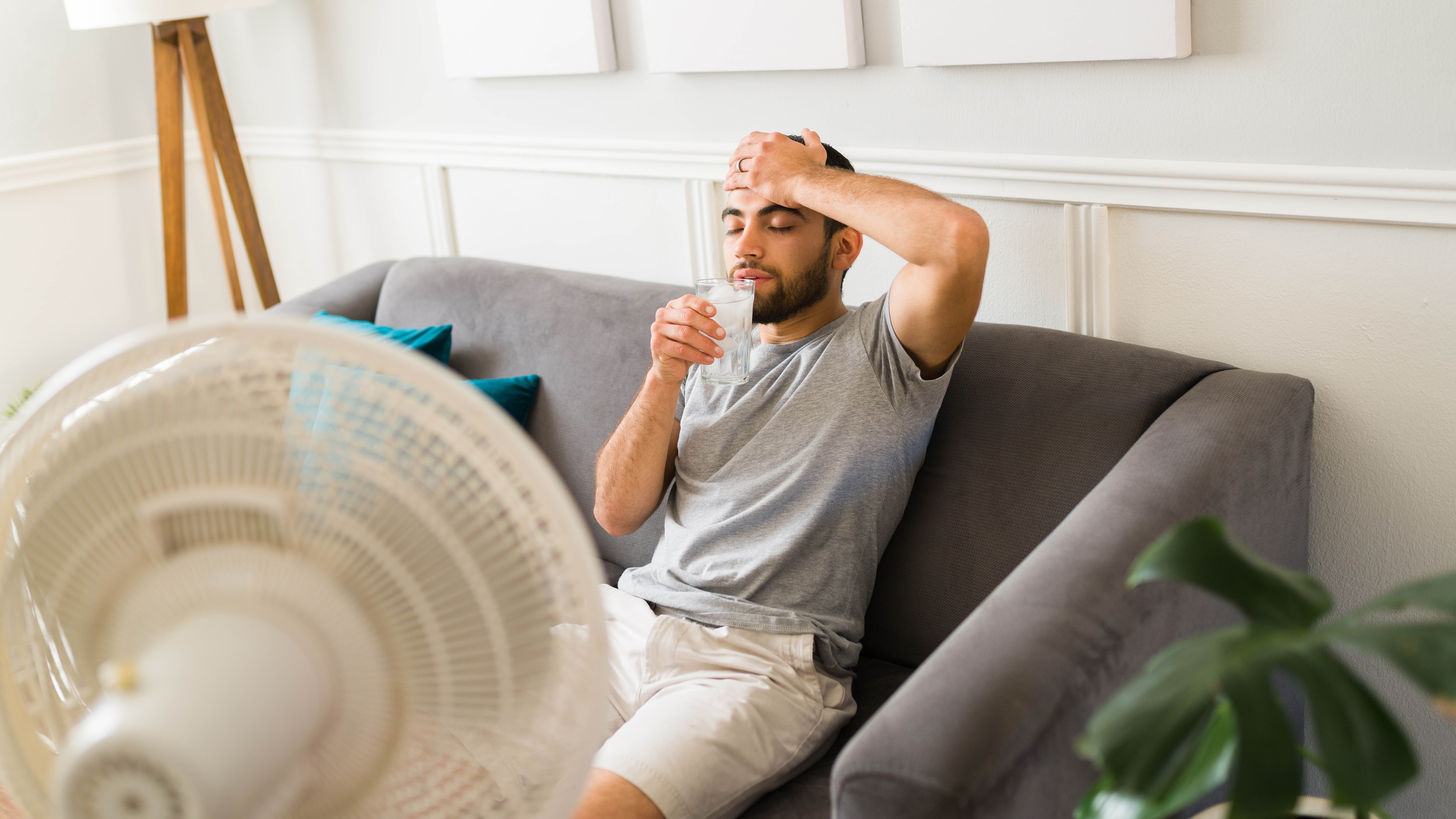
It’s not rocket science to know that heat rises, however, experts suggest our second or upper floors are actually a different “climate.”
“Your second floor isn’t just a hotter version of your first floor, it’s a different climate zone,” states Jon Gilbertsen, heating expert and CEO at Chris Heating & Cooling.
“It’s more exposed to the sun, it radiates heat inward through the roof and walls, and it often has poorer airflow. Treating your whole home with one thermostat and one HVAC strategy is like trying to wear one outfit for both Alaska and Arizona.
Think of your second floor as its own apartment. You wouldn't use the same AC game plan for an attic studio as a shaded basement.”
Get instant access to breaking news, the hottest reviews, great deals and helpful tips.
In addition, this means your HVAC system has to work harder to push cool air upward. “But other factors like poor insulation, sun-exposed windows, and inefficient airflow or ductwork can make the problem worse,” adds Scott Levene, a licensed HVAC professional.
A great design, this LG impressed us with its powerful and efficient performance.. With a cooling coverage up to 450 Square ft., this is suitable for medium to large rooms. Plus, it has an energy-saving inverter so you don't have to worry as much about your bills.
How can I make my second floor cooler?
Luckily, there are some easy checks and adjustments you can make to get your upstairs feeling cool and comfortable.
1. Change filters regularly
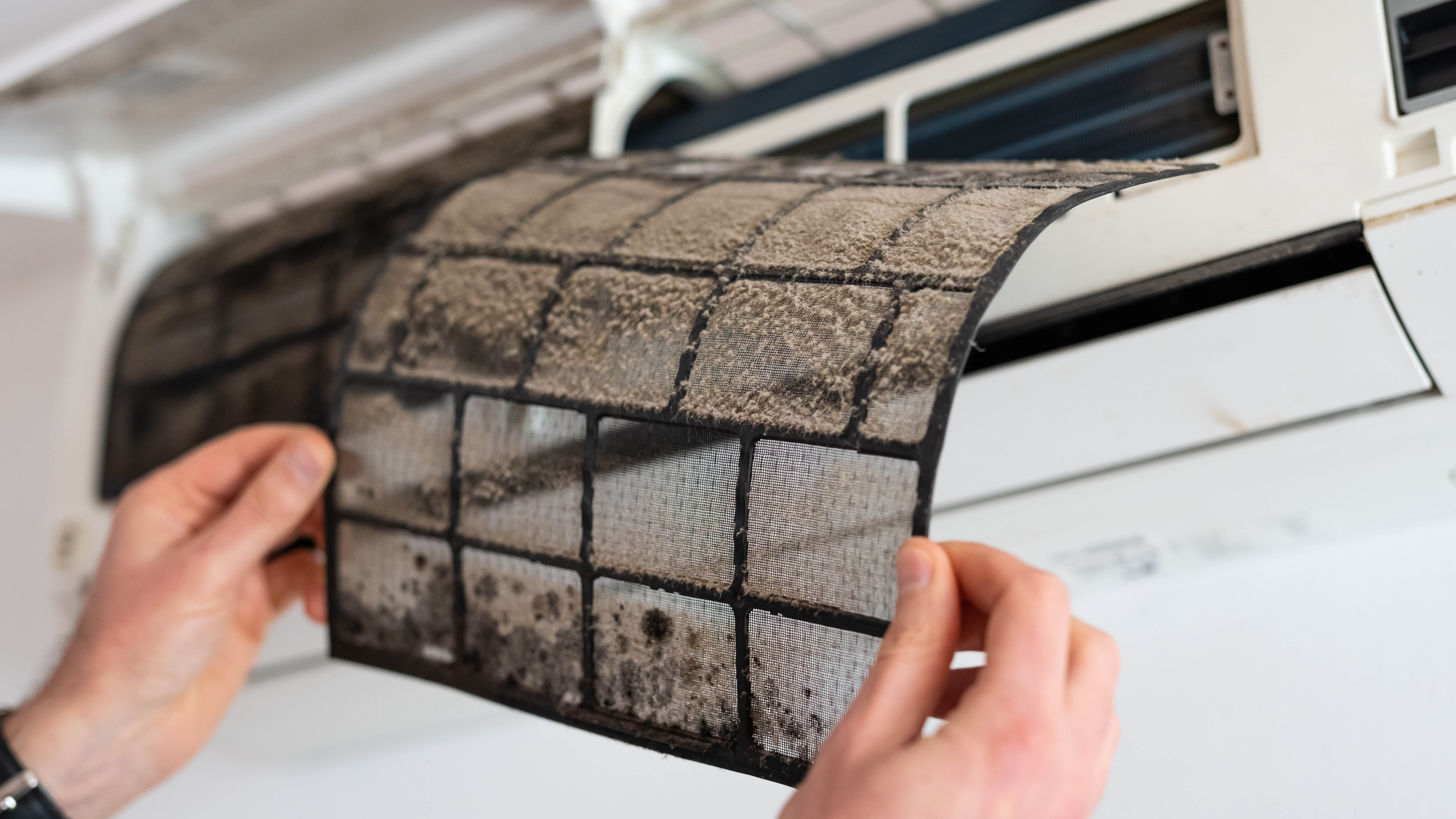
One simple tip is to check if you have a clogged filter or coil, which can have a build-up of debris over time, restricting airflow.
"I’ve seen second floors heat up because of something as simple as a clogged filter or a dirty evaporator coil," states Brendan McCarthy, CEO and Owner of SALT Service Company.
"When the system can’t move air efficiently, the upper level is always the first to suffer.
That’s why I recommend replacing filters every month or two in peak cooling season, scheduling annual tune-ups, and having a pro check refrigerant levels and airflow throughout the house.”
For more top tips, here’s how to clean an air conditioner and keep it running like new.
2. Check if your HVAC system has zoning
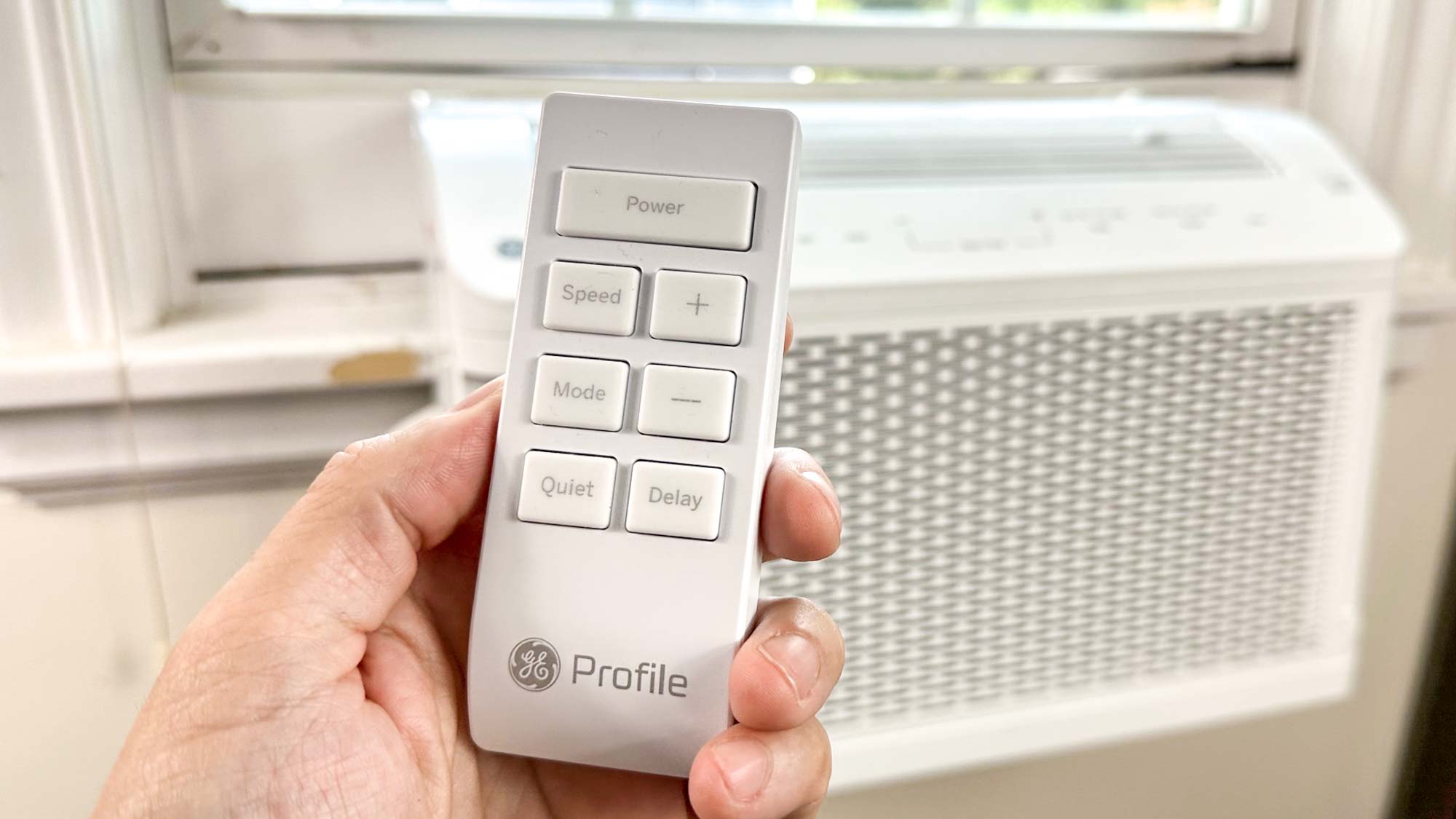
Another thing to check is if your AC has a zoning system. Essentially, a zoning system divides your home into multiple zones, each controlled by its own thermostat.
“In essence, dampers (a small valve or plate) within the HVAC ductwork divide your home into separate ‘zones’ to control the airflow and temperature for each area,” explains Drew Mansur, Co-Founder and Director of TileCloud.
“Since hot air rises, airflow/temperature requirements for the second floor (and beyond) will vary from the bottom floor. If you’re unsure, speak to a professional.”
Once this zoning is in place, this will allow you to customize temperature zones throughout the home to stay cool and comfortable.
Another common reason is an oversized system that cools the first floor too fast, then shut off before the second floor ever gets relief.
"Ask an HVAC tech to run a Manual J and Manual D analysis," suggests Gilbertsen. "It calculates how much cooling each room actually needs and how ducts should be adjusted."
3. Repair your ductwork
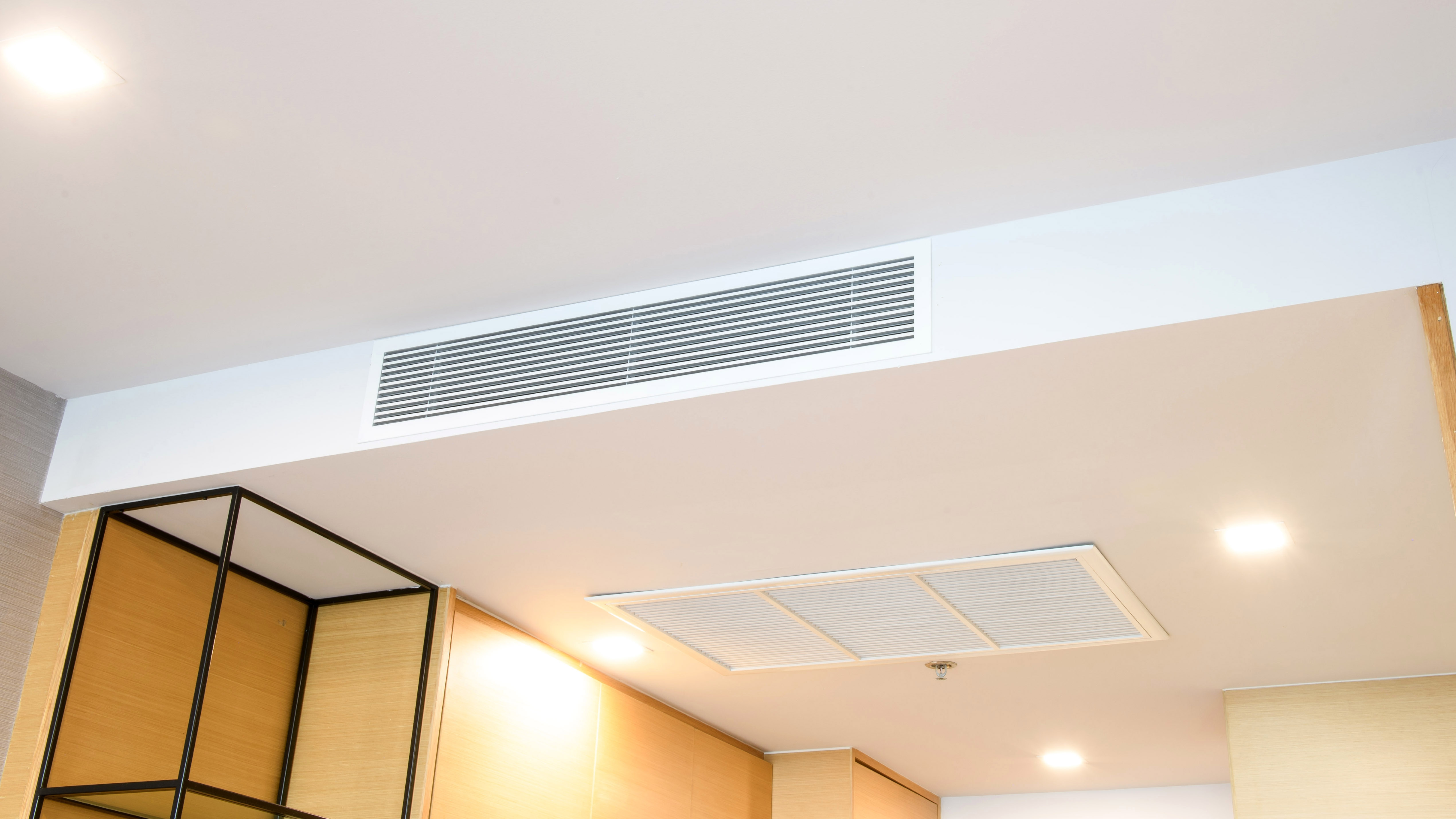
Similarly, if you find that your second floor is always hot, you may have faulty ductwork.
Ducts absorb cool air and distribute it throughout your entire home. If your ducts are old and not working properly, your HVAC system may struggle to carry air to all parts of your home.
"If your leaky ductwork is the source of your cooling issues, contact a local dealer to identify where your system needs repairs," advises Mark Woodruff, Senior Product Manager at Trane. "With a fully functional ductwork system, cool air can once again be properly distributed throughout your second floor."
4. Insulate your attic space

Whether you have an attic space as an extra room or just for storage, it's essential to have adequate insulation.
"An under-insulated attic is a common reason second floors stay so hot," states Elizabeth Shavers, General Manager, HVAC & Plumbing at Oncourse Home Solutions. "Without proper insulation there isn’t a strong enough buffer to keep the heat from the sun coming in through your roof.
If this is a contributing factor, adding adequate insulation to your attic can make a big difference in your upstairs temperature and energy bills."
5. Block heat from windows
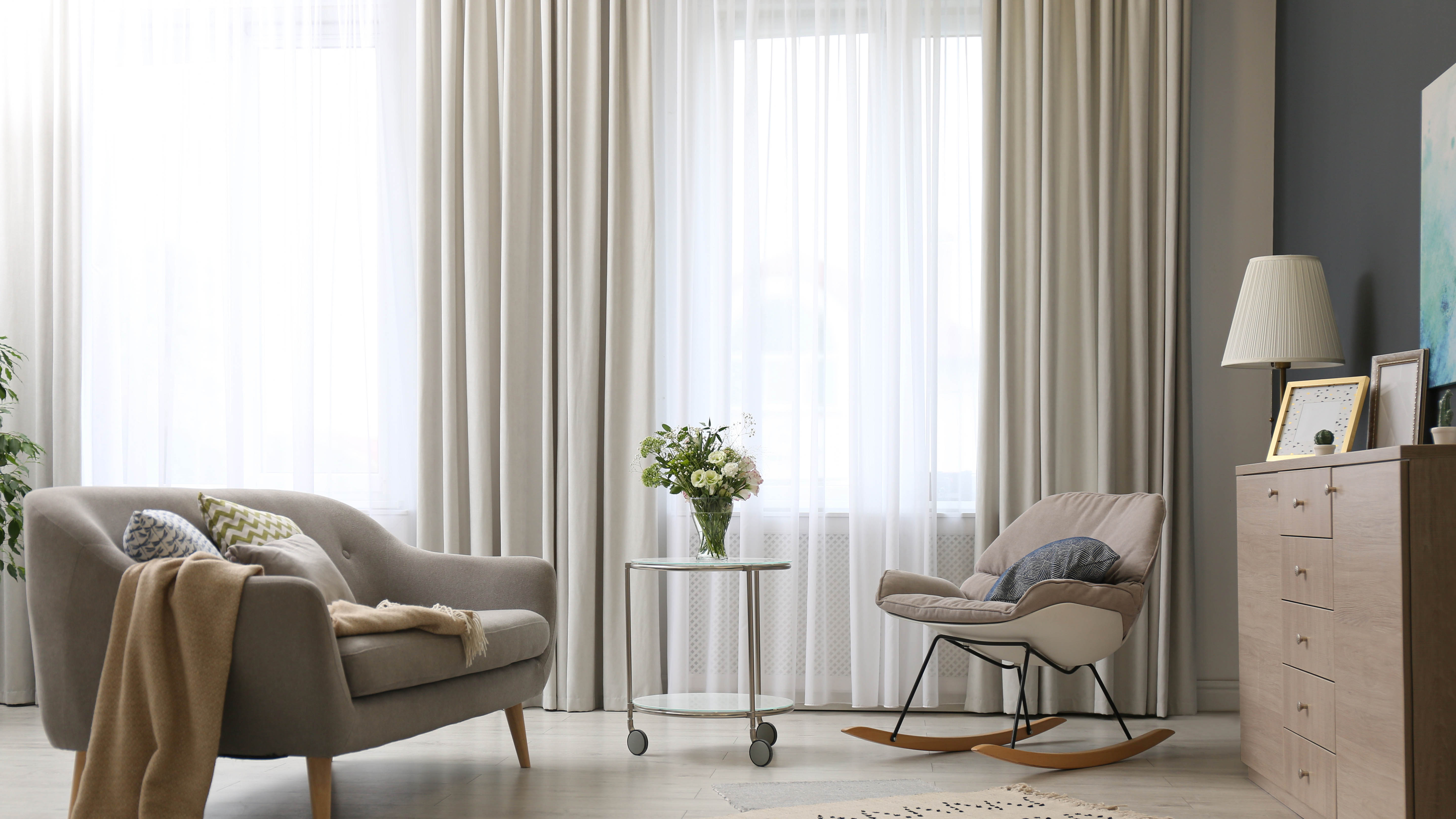
Another easy trick is to block light from windows to help cool down a room.
"Sunlight pouring in through upstairs windows adds a lot of extra heat," adds Brandon Young, CEO at Payless Power. "So use blackout curtains, solar shades or reflective film to keep rooms cooler throughout the day."
Similarly, you could try closing your doors upstairs during the day to trap cool air in rooms. And open them at night once temperatures start to drop.
More from Tom's Guide
- 3 things you should look for when buying an air conditioner
- Plus, here are some other tips on how to cool a room down
- This NASA-approved plant hack cools your home for free

As the Homes Content Editor, Cynthia Lawrence covers all things homes, interior decorating, and garden-related. She has a wealth of editorial experience testing the latest, ‘must-have’ home appliances, writing buying guides and the handy ‘how to’ features.
Her work has been published in various titles including, T3, Top Ten Reviews, Ideal Home, Real Homes, Livingetc. and House Beautiful, amongst many.
With a rather unhealthy obsession for all things homes and interiors, she also has an interior design blog for style inspiration and savvy storage solutions (get rid of that clutter!). When she’s not testing cool products, she’ll be searching online for more decor ideas to spruce up her family home or looking for a great bargain!
You must confirm your public display name before commenting
Please logout and then login again, you will then be prompted to enter your display name.
